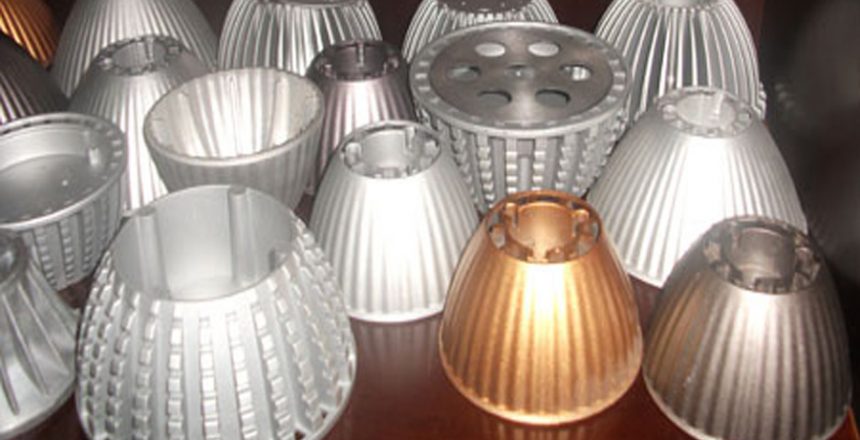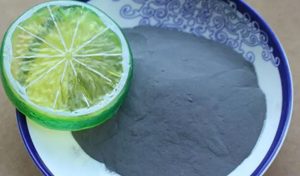die-casting molds are generally equipped with corresponding exhaust methods, the purpose of which is to exhaust the gas in the cavity as much as possible during the filling process, so as to reduce the peaceful coexistence in the casting and prevent the formation of pore defects in the casting. So what is the exhaust method of die-casting mold?
1. There is an exhaust pool at the end of the overflow tank (slag bag), and the thickness of the exhaust pool is gradually reduced. Because of its simplicity, this method is commonly used, but its disadvantage is that once the exhaust tank is blocked, the exhaust effect will be affected.
2. Centralized exhaust pipe. Set up a centralized exhaust block similar to a washboard at the place where the casting is ventilated and exhausted. The exhaust block is provided with a cooling water channel for cooling the molten metal. This method is now widely used in more complex molds. Most of them use model flow analysis software to determine the location and number of exhaust blocks, and they will also be used with exhaust slots. It is mainly used for castings with high air tightness requirements. For castings with high drop and low drop, a large exhaust volume is used.
3. Forced exhaust. Vacuum pumps and exhaust devices are used to force air out of the cavity before inflation. This method has the best effect, but it has high requirements on the sealing performance of the mold and the sealing mechanism of the exhaust port. Now some mold factories also combine the gas gathering block with vacuuming, and have achieved good results.


